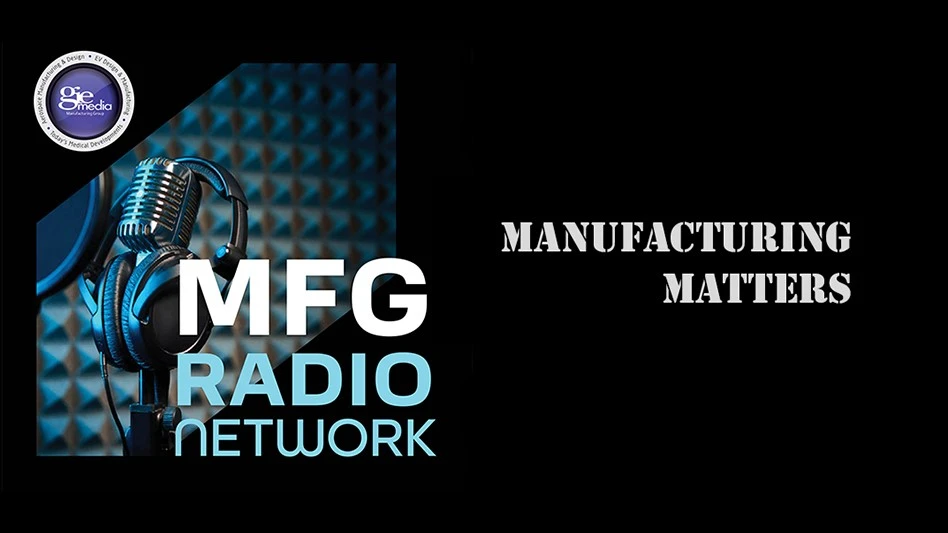
CREDIT: GENERAL MOTORS
In 2020, General Motors announced it would be making large strides toward electric mobility, presenting a roadmap that included its ambitious Ultium battery platform. The modular system included the battery itself, to be produced as part of a joint venture with LG Energy Solution, and the Ultium Drive, a family of five interchangeable drive units and three motors. GM’s goals included rapidly scaling the platform and becoming a profitable supplier of electric vehicles (EVs).
Four years later, GM has announced that it will be retiring the Ultium name. While the underlying technology will remain the same, and the joint venture will continue to operate as Ultium LLC, the company is taking a different approach to battery manufacturing, changing its course to address consumer concerns about EVs as well as its own challenges in scaling up the platform.
At its 2024 Investor Day, Kurt Kelty, GM’s vice president of batteries, laid out a new roadmap that includes a more tailored approach to battery manufacturing, creating model-specific cell shapes and chemistries rather than one size fits all. While LG has remained GM’s primary partner in battery manufacturing, the company now plans to work with additional partners to produce batteries such as lithium-iron-phosphate (LFP). Currently, GM’s EVs are powered by nickel-cobalt-manganese-aluminum batteries. The company will also add prismatic cells to its repertoire alongside the pouch cells it already uses, partly thanks to a recently finalized partnership with Samsung SDI.
GM remains ambitious about EVs, though with some moderations to its previous plans. Its former goal of producing 400,000 EVs between 2022 and mid-2024 was scrapped in October of last year; it’s currently on track to manufacture and deliver about 200,000 EVs this year. The company won’t be abandoning its internal combustion engine (ICE) models just yet, however, and, like several other major automotive manufacturers of late, also plans to include more hybrid options as it more slowly transitions away from ICE.
GM’s continued commitment to battery manufacturing – if not the Ultium name – is reflected in the announcement that it will be building a new battery development center at its GM Global Technical Center in Warren, Ohio. The company plans to be producing battery cells at the new facility by 2027.
GM is still the number two seller of EVs in North America, after Tesla, and it maintains that it is rapidly heading toward EV profitability. The company also highlighted the steps it is taking to alleviate range anxiety, one of the most common consumer concerns about EV adoption. While most of its EVs have a range of more than 300 miles, GM plans to continue boosting range on its future models, pointing to the example of the newly released Silverado EV RST, which can go nearly 500 miles on a single charge. GM is also collaborating with other automakers as well as charging companies such as EVgo and travel center operators including Pilot Flying J to make charging more accessible.
The Investor Day announcements are available as a webcast replay, which will offer more detail on GM’s plans for the future.
Latest from EV Design & Manufacturing
- Samsung SDI begins production of 46-series cylindrical batteries, expects to supply to EV manufacturers in near future
- GF Machining Solutions announces advanced laser ablation machine for silicon carbide wafer machining
- Aerospace Industry Outlook - Spring 2025, presented by Richard Aboulafia
- Harbinger begins serial production of American-made electric vehicles
- Starrett to showcase automated metrology, force measurement inspection solutions at Manufacturing Technology Series East
- #42 Lunch + Learn Podcast - Quell Corp
- Vianode introduces recycled graphite solution for sustainable, domestic battery manufacturing
- Materialise’s latest Magics software release promises to address additive manufacturing design challenges





